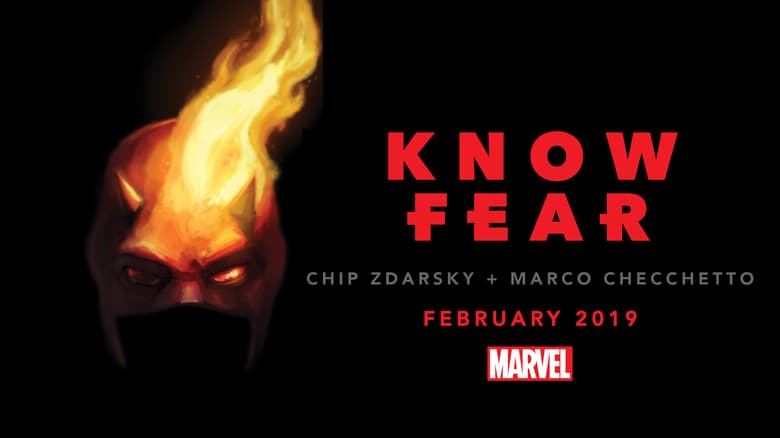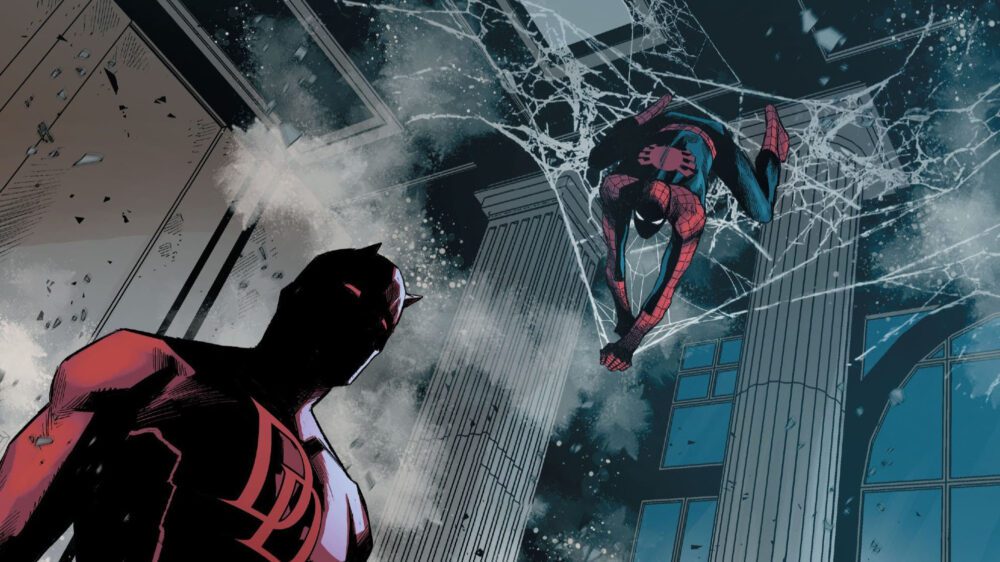Daredevil has been Marvel’s best series for the last four years, ever since writer Chip Zdarsky and artist Marco Checchetto took the helm.
Zdarsky and Checchetto — along with colorist Matthew Wilson, letterer Clayton Cowles, and a handful of guest artists — crafted an epic tale that mostly remained self-contained, which is a rarity in modern, long-running superhero comics. The only exceptions were a two-issue tie-in with King in Black, and Devil’s Reign, an event which essentially served as a bridge between the two volumes of this team’s run. This largely standalone nature did a lot to cement Daredevil as Marvel’s strongest title; it allowed readers to focus in on the story without having to worry about what was happening in a dozen other series. However, that strength would carry little weight if the story being told wasn’t as compelling as it is, and that starts and ends with a fundamental understanding of these characters.

Matt Murdock is a walking contradiction. He’s a lawyer who moonlights as a vigilante, a peacekeeper who relies on violence, and a Catholic who dresses as the Devil. Zdarsky leans heavily into these contradictions throughout his nearly 60-issue run, ultimately creating a complex character study about a man trying to untangle himself. He masterfully weaves in threads from previous Daredevil runs, adding to those stories while stitching in new threads of his own.
During their run, Zdarsky and Checchetto introduce the Stromwyn siblings, a couple of rich assholes who use their wealth to manipulate politics, economics — and whatever else they want — to their own benefit. The Stromwyns are a persistent presence throughout Daredevil, becoming a thorn in the sides of both the Man Without Fear and his archnemesis, Wilson Fisk. They also add a disturbingly realistic layer to this superhero story; Matt and his supporting cast become champions of social justice, literally fighting against the establishment and the socioeconomic turmoil it causes in a way that we desperately need in the real world.
But good comics are a balancing act, and there’s plenty of traditional superhero fun to be had here as well. This Daredevil run may be an intricate character study and an allegory for real-life strife, but you get plenty of fights with ninjas and other superpowered beings in equal measure. Spider-Man makes a few separate appearances, and every time he does, it’s a standout moment. Zdarsky and Checchetto are able to do ballet on the tightrope and tell a story as action-packed and thrilling as it is thought-provoking.
Before wrapping up this rant, I have to gush a bit more about Marco Checchetto. I’ll cop to having only a vague familiarity with his previous work, but in the last four years, Checchetto has not only become one of my favorite Daredevil artists, but also one of my favorite Spider-Man artists, and one of my favorite artists period. His action sequences are engaging, and the way he draws characters carries the series’ weight and emotion. His Kingpin is menacing and his Elektra is drop-dead gorgeous. Actually, everything about Checchetto’s Elektra is instantly iconic, from the way he draws her hair to his design for her own Daredevil costume. I look forward to whatever he draws next, and here’s hoping it’s a Spider-Man book.
This has already gone on a bit longer than intended. I never planned to go into every detail and story arc from this Daredevil run — hell, I only barely touched on Elektra and the massive role she played in the overall story. I simply wanted to sing the praises of this comic now that it’s over and say a “thank you” to Zdarsky, Checchetto, and their collaborators. Hopefully I accomplished that, and maybe inspired someone to pick up the series if they haven’t yet.


